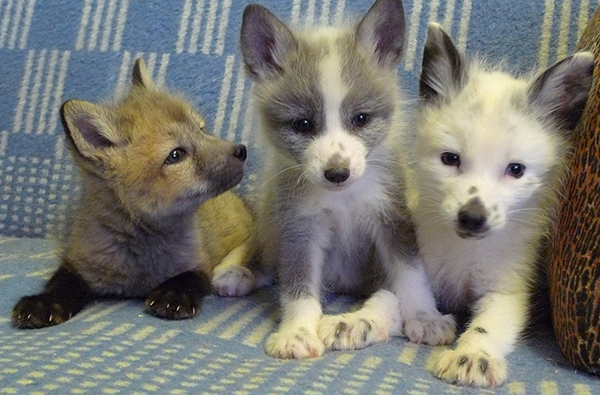I’ve spent a lot of time this summer sitting outside working on my laptop directly below our hummingbird feeder. At least two families have been regularly zipping in and out to supplement their usual diet of insects and nectar gleaned from flowers. Hummingbirds can get along just fine without sugar water, but it’s clear they like it: whenever the feeder runs dry, they let us know by buzzing so close to our faces we can feel the wind created by their ridiculously fast-beating wings.
 |
| This tiny spot on my laptop is a hummingbird dropping. |
Many of our other smaller summer birds, such as warblers, also travel south over an extended period of time, so their fall migration can seem much less dramatic, and less obvious, than the spring migration when everyone’s racing north to stake claim on the best breeding and feeding grounds.
Looking for Songbirds in the Fall
Where:
 |
| Goldfinches love thistle seeds (Will Sweet) |
When:
Though hummingbirds migrate during the day, many other species migrate at night. These nocturnal migrants have evolved to navigate using the stars during the hours when strong winds have died down and cooler temperatures reduce the risk of overheating. On a clear night, with a slight north wind, these birds might fly for ten hours straight, so there can be good viewing opportunities the following day as the birds stop to rest and feed. If you’re a night owl, aim binoculars or a viewing scope at a full moon and see if you can catch a group of migrants silhouetted as they fly past!Warblers:
More than 30 species of warbler nest in Canada and, though their colours are muted in the fall, these tiny birds are still incomparable in their beauty. The problem with fall warblers is that they don’t advertise their whereabouts with song the way they do in spring. They do, however, produce delicate chipping notes that help to pinpoint their location. Another way to find them is to listen for vocal chickadees, since chickadees regularly join up with migrating warblers into loose foraging flocks.- Put seed in your birdfeeders and replenish hummingbird feeders. Even after your local summer birds have left, migrants from further north may pass through and stop for a snack.
- Grow native plants in your garden and don’t deadhead flowers. Sunflowers hanging with ripe seed are amazing natural birdfeeders.
- Ground foragers, such as sparrows and doves, are attracted to brush piles and leaf litter, so wait until late fall to clean up your garden.
- Pesticides, herbicides, and fungicides can be lethal for birds, so avoid their use.
- Keep your cats indoors or watch over them while outdoors. Though cats make wonderful pets, they kill more than a billion wild birds every year in North America.
Children’s Resources About Bird Migration:
- Is This Panama?: A Migration Story – Jan Thornhill (Author), Soyeon Kim (Illustrator)
- Moonbird: A Year on the Wind with the Great Survivor B95 – Phillip Hoose
- On the Wing: American Birds in Migration – Carol Lerner
- The Long, Long Journey – Sandra Markle
- How Do Birds Find Their Way? – Roma Gans (Author), Paul Mirocha (Illustrator)
- The Peregrine's Journey: A Story of Migration – Madeleine Dunphy (Author), Kristin Kest (Illustrator)
- Winged Migration (Academy Award winning DVD)
- you can also follow the hummingbird migration south at: http://www.learner.org/jnorth/humm/fall2013/update082313.html





